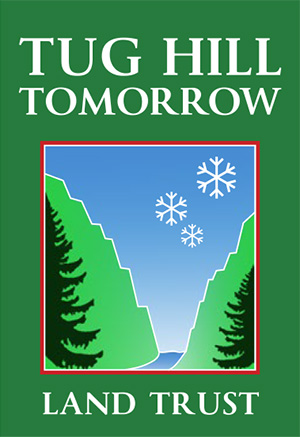WHAT ARE WE DOING...
There are many ways that you can make a difference.
What We Are Doing
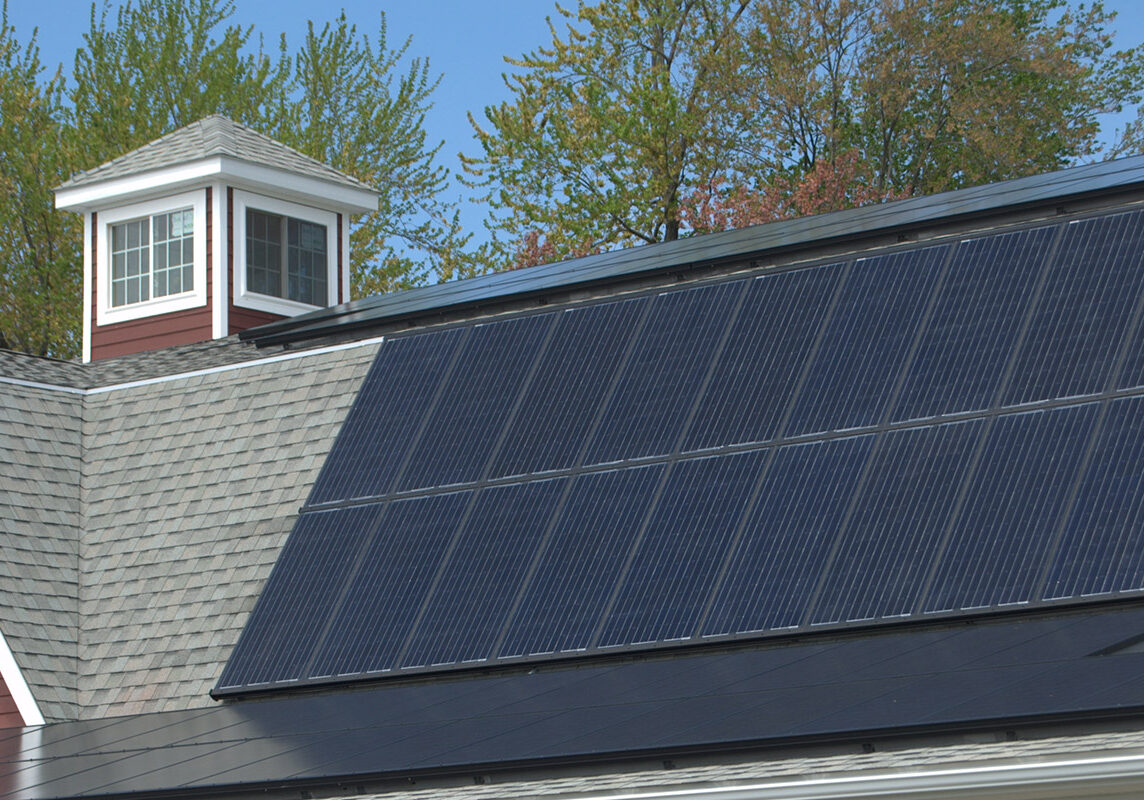
Long-term land protection
Our conservation agreements are written to allow for renewable energy within the building envelopes that have been established to be compatible with the lands they are conserving.
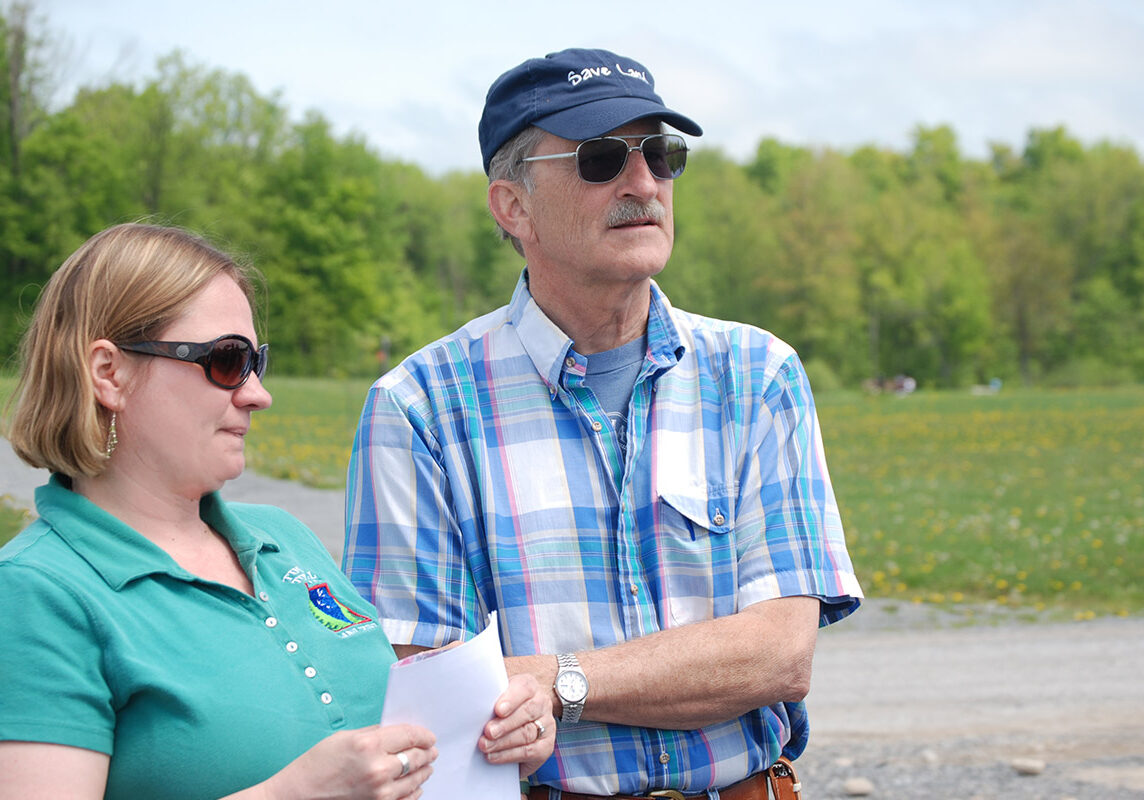
Learning, adapting, providing information
We are also working with the national land trust alliance, and other conservation groups, to clarify siting practices for renewable energy. This is an evolving discussion as technology changes and the science becomes more expansive.
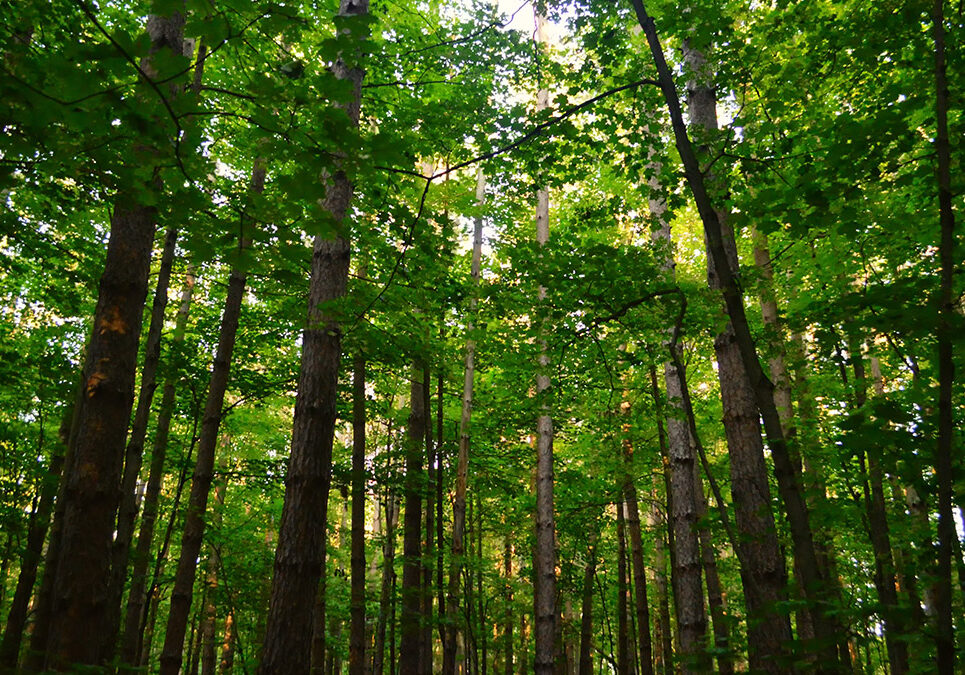
Habitat protection
Protecting critical wildlife habitat, including the “Core Forest” in the center of Tug Hill, to ensure that the species there have the best chance of survival as climate change accelerates.
This includes reducing out-side stressors such as roads and development that would increase invasives, erosion, or disruption.
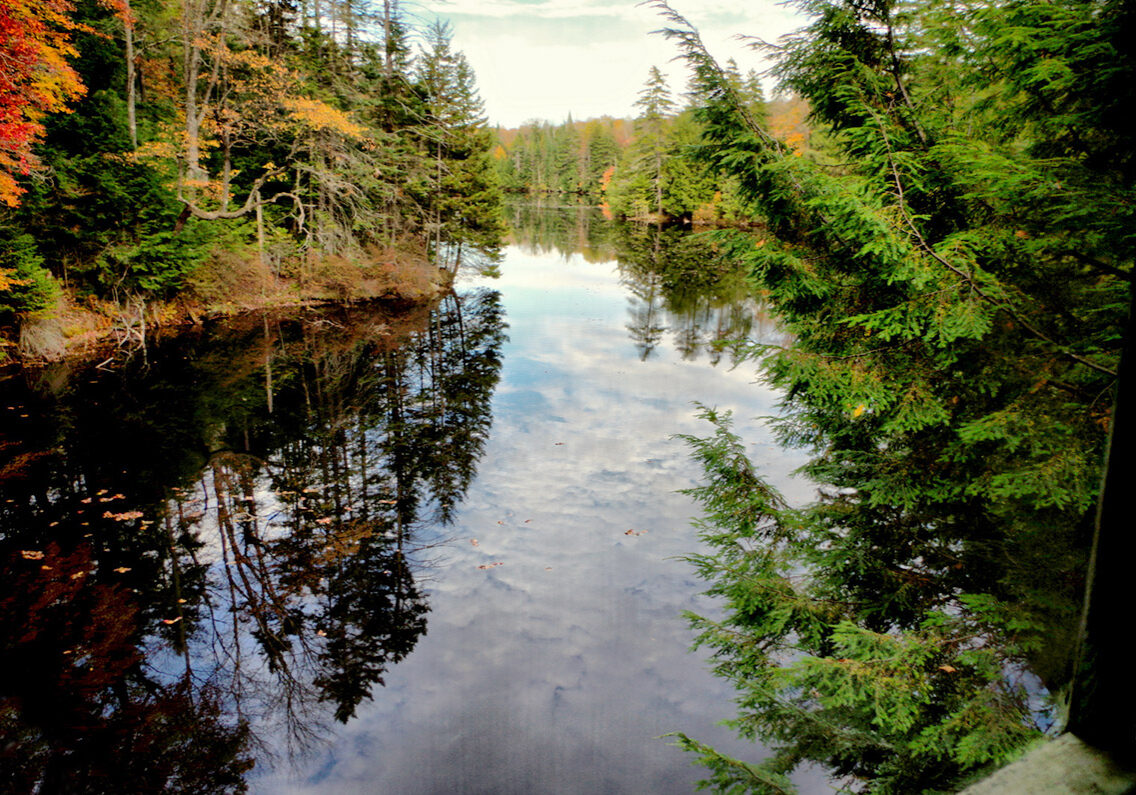
Wildlife conservation corridors
Working with other conservation partnerships and landowners to create large areas of habitat to allow species to migrate and adapt to climate change.
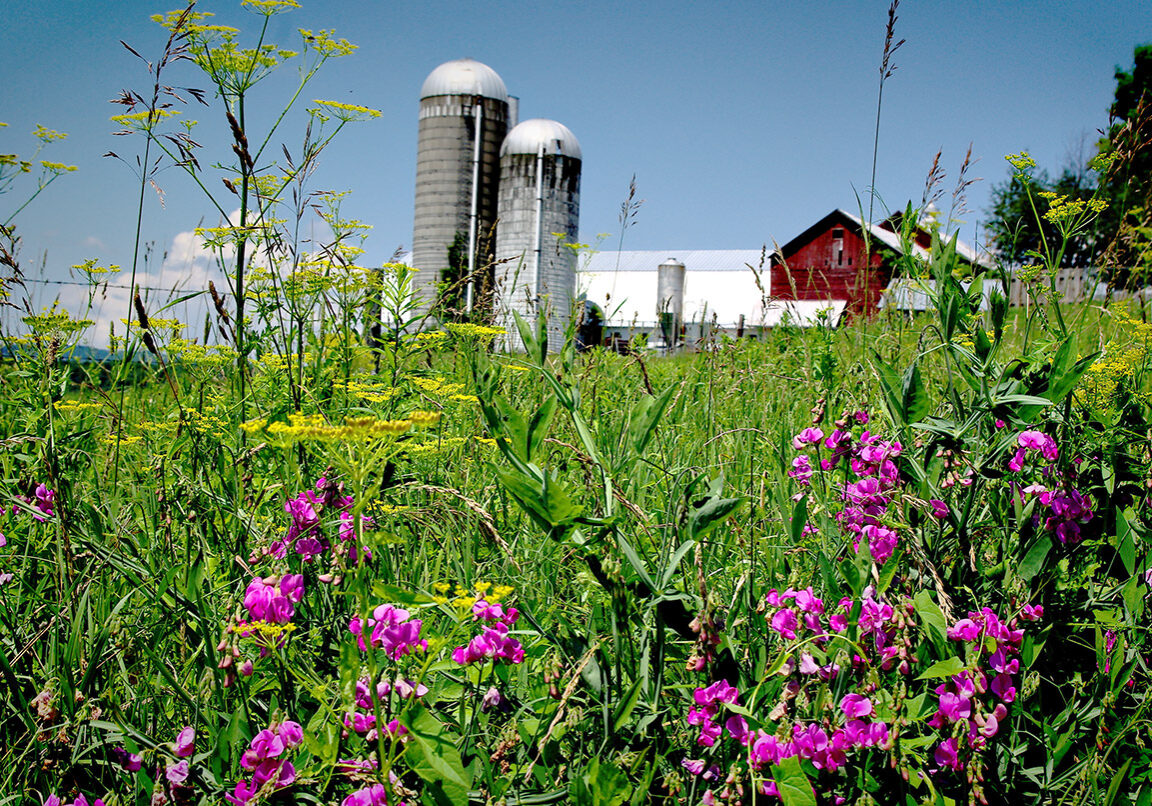
Conserving farms with an eye towards climate change
Our conservation agreements with local farm families will allow for composting and soil enrichments to help with carbon farming. Depending on the farm, this also includes the ability to site methane gas digestors (methane is a very potent climate change pollutant), and sell that power back to the grid (generating income for the farmer, as they might by selling other crops such as milk or produce).
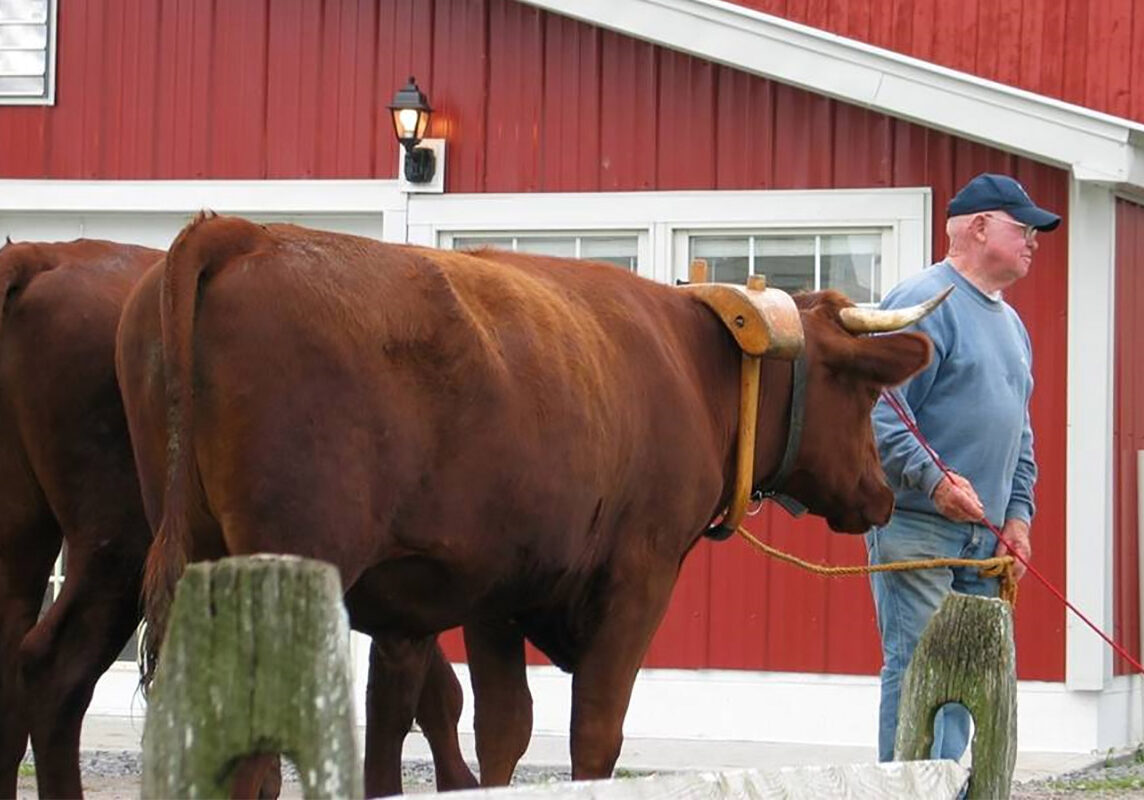
Working with landowners
We believe, as a science-based organization, that it’s important that landowners have access to relevant information.
We work to connect them to research and resources related to land management and climate information.
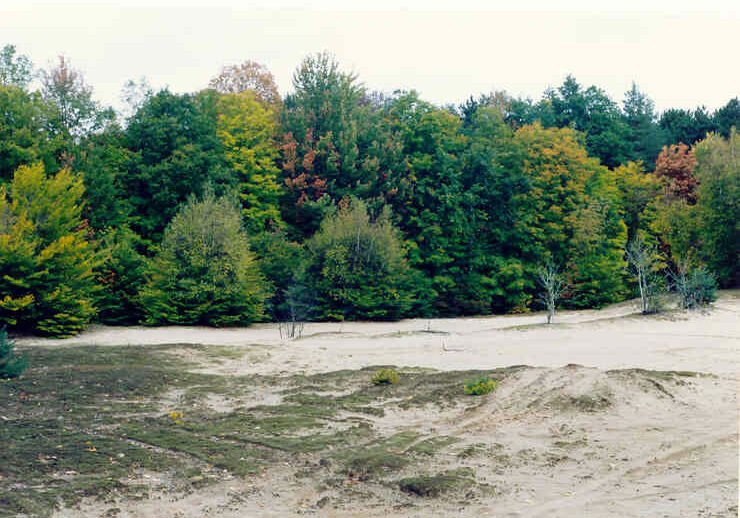
Creating local trails and conservation areas
The less you have to travel to experience nature and the out-of-doors, the better off you are in reducing your “carbon footprint.” It helps boost our quality of life, provides for educational experiences with schools and community groups, as well as for the supporting the tourism economy.
Examples include the Trenton Greenbelt in Oneida County and our Wildlife Sanctuary.
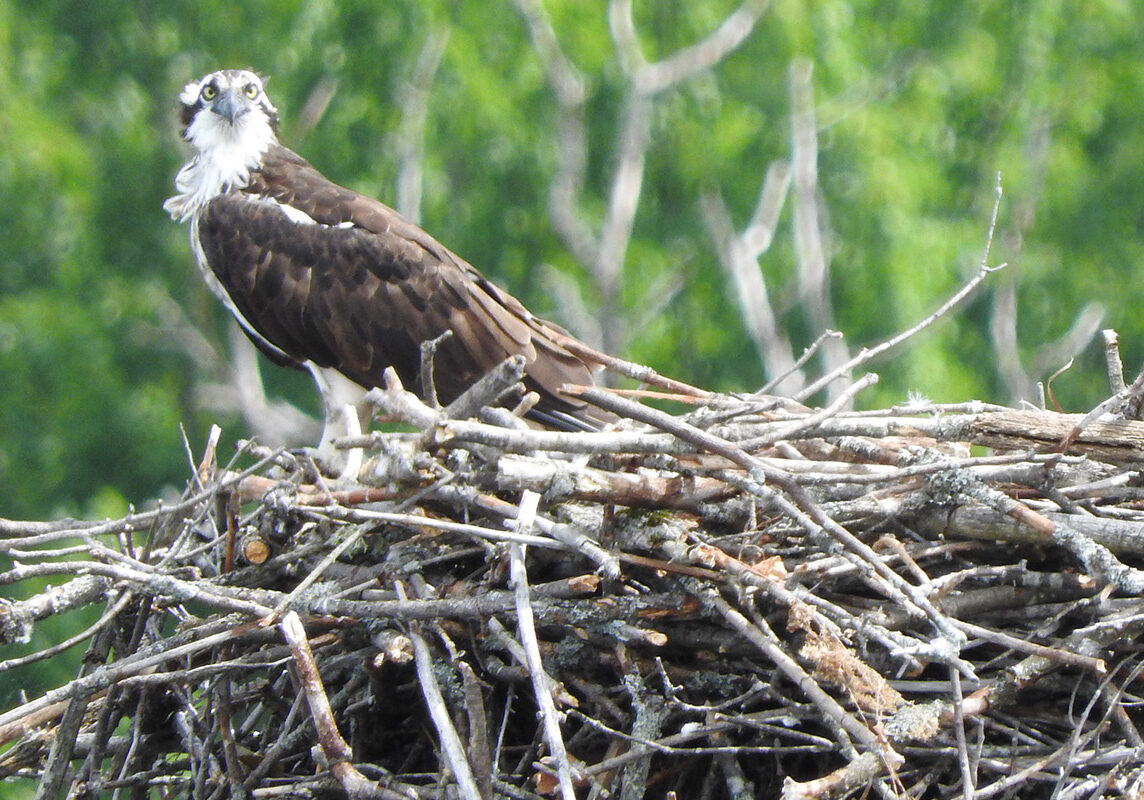
Staying abreast of the climate trends
We are learning like you as to the pace of climate change.
We follow the science, as we base our conservation work upon science and the belief that conservation can, and should, enhance the lives of those who live within our region.
